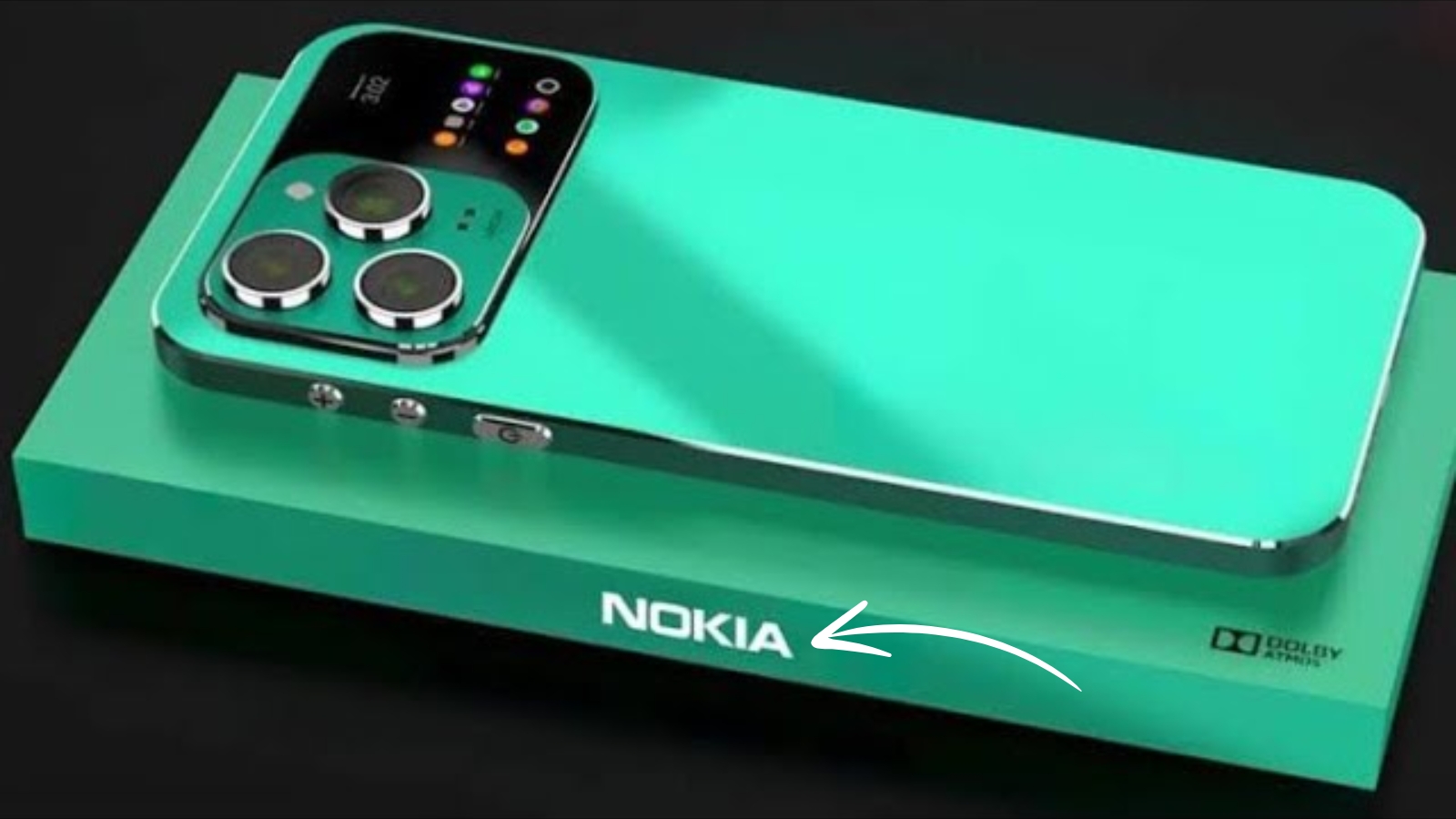Nokia Lumia: Microsoft’s Brave New World of Smartphone History. A Trend-Setting Design Language.The Nokia Lumia range showed the world how interesting a smartphone could be in an age of uniform designs. With its bright polycarbonate shells, sleek lines, and unibody design, Lumia phones were undeniably daring and modern. While glossy plastics or metallic finishes prevailed elsewhere, Lumia devices were available in exuberant shades — cyan, yellow, magenta, and red — that established an instant character and presence. A silky matte finish added a touch of luxury and the robust construction supported durability. Lumia wasn’t only about phones—it was about fashion statements; gaming handhelds; alternative designs that broke bathrooms on from the black-and-gray obsessed smartphone world.
The Interface Of Windows Phone: Simplicity Combined With Innovation
Integral to the Nokia Lumia story was none other than Microsoft’s own Windows Phone operating system, with a radically different approach in how the UI worked. Instead of icon grids and stacked menus, Windows Phone had Live Tiles, interactive squares that were resizable and updated in real time. The result was a dynamic home screen that allows users to quickly view messages, weather, appointments and social feeds without having to dive into apps. The streamlined UI was quick, smooth and user-friendly, providing a refreshing alternative the competition. Transitions from one screen to the next were smooth, multitasking felt solid, and the interface, all told, felt clear and purposeful. It wasn’t just a new OS —it was a reinvention of the way that a smartphone could make use of its user.
Exceptional Hardware Integration
Nokia’s Lumia range was celebrated largely for successful hardware-software integration. Take the Lumia 920 for example, it had industry leading PureView camera technology with optical image stabilization, and it was a leader in the world of mobile photography. Its low-light ability and sharpness raised the bar, frequently out-resolving more expensive contemporaries. The LCD and AMOLED screens provided vibrant color and good sunlight legibility, with the help of Nokia ClearBlack. Nokia’s relationship with Microsoft, however, came with the advantage of deep integration, which meant that even the mid-range Lumias performed smoothly and were quite battery efficient. It wasn’t hardware for the spectacle of hardware; it was designed to do what it was meant to do, with reliability.
Vivo V40 5G launched with 512GB and display fingerprint sensor
Services and Apps Meant for Productivity
While many other ecosystems suffer from bloat and useless games and consumer apps, the Nokia Lumia stood apart as holding a place fort productivity, navigation, and professional software. Microsoft’s services – Outlook, Word, Excel, and OneNote- synced perfectly with desktops and the enterprise, the best experience by far at the time. I even had Nokia’s HERE Maps and HERE Drive, which were great offline navigation apps – and usually more accurate and usable than Google Maps at that time. Lumia phones were a busy professional’s best friend: calendar management, email integration, and cloud syncing through OneDrive all happened seamlessly. The app ecosystem may have been tiny, but what was on Lumia was very well optimized for work.
A developer focused community driven Ecosystem
Nokia Lumia Fans of the platform Nokia Lumia had become a home to the users and developers where everything was so beautiful. The strategy from Microsoft to attract developer with special tools and support gave rise to more interesting apps customized to the Live Tile interface. Independent developers flourished there, frequently being given more visibility and assistance than they would elsewhere. Nokia’s own software enhancements, such as Nokia Camera, Glance Screen and Cinemagraph, enhanced the value as well, without bogging down the system. Unofficial Lumia patch brings the band back together for another update along with a host of tweaks An Unofficial Lumia Patch has surfaced from the depths once more,… It was an uncommon fusion of user passion and corporate transparency.

Marketing and Cultural Impact
Nokia Lumia didn’t just sell phones—it sold a vision of how mobile technology should be. Its marketing focused on creativity, colorfulness, and uniqueness, frequently pitting the funky designs of its Lumia handsets against the me-too sameness of the other smartphones out there. Work with artists, photographers and influencers demonstrated the real world storytelling capabilities of Lumia cameras. Techfestivals such as Nokia World built around product launches and handsons experience of new technologies. The brand was distinctly appealing to the younger demographic, professionals and technologists which was able to make emotional attachments beyond mere hardware capabilities. Lumia made tech that had personality, and that reverberated with far-reaching cultural significance even beyond tech’s customary circles.
Nokia Lumia: Legacy of Innovation and Influence
While the Lumia line of Nokia’s moved on due to changing industry trends and the supremacy of Android and iOS the legacy is still important. It showed that design could be daring, interfaces could be reinvented and hardware could be purposeful. The idea of a live tile would make its way onto other platforms, and the technology for the cameras that Lumia innovated with would become the standard others would try to follow for years. Lumia showed what a partnership could bring—a harmonic system between hardware manufacturing and software development that resulted in a unified and complete experience. Though the series ended, its spirit exists on in smartphones through its design cues, UI components, and feature lists. This was not just a product, it was a reckoning, and one that ultimately made a lasting impact on the mobile industry.